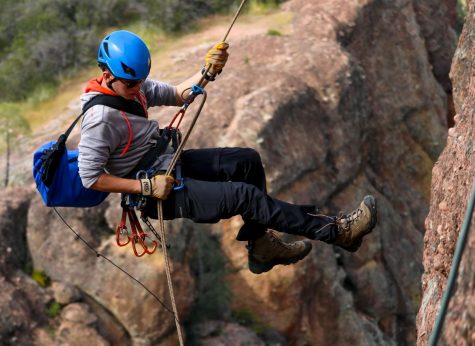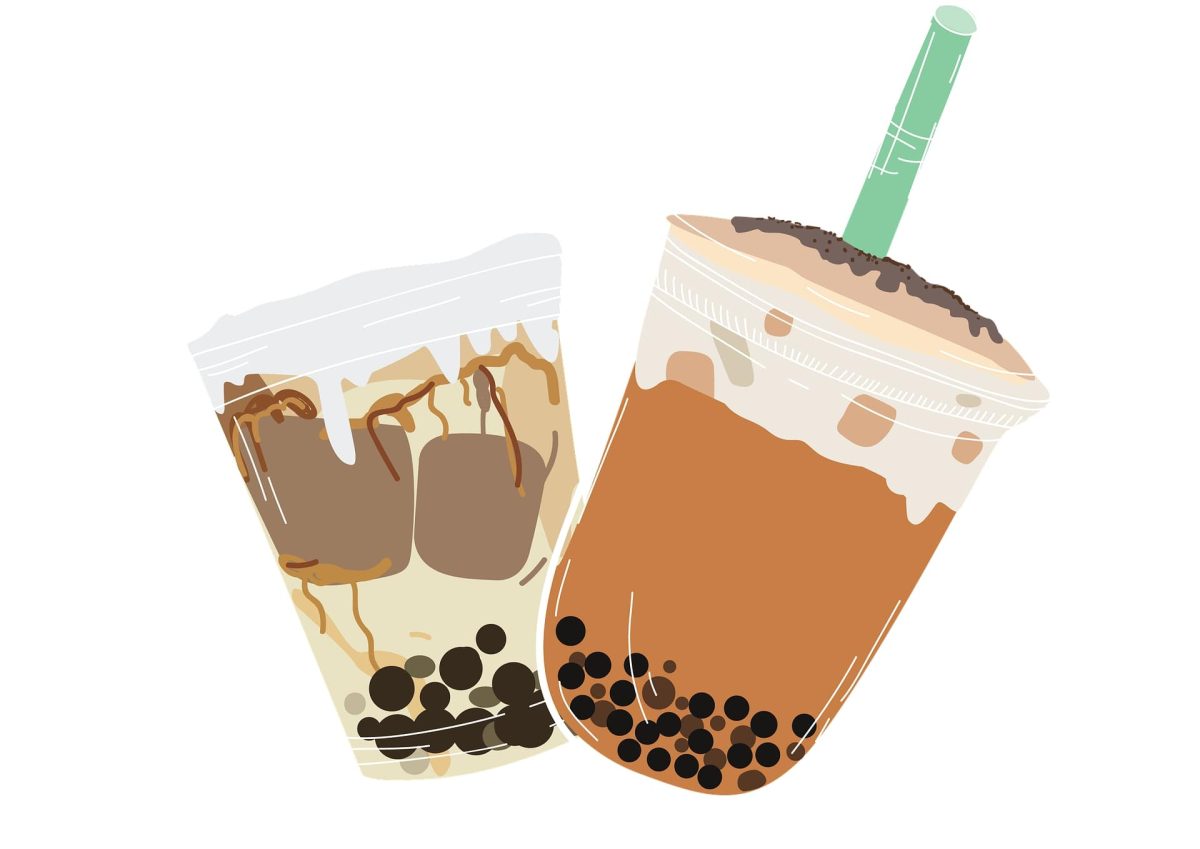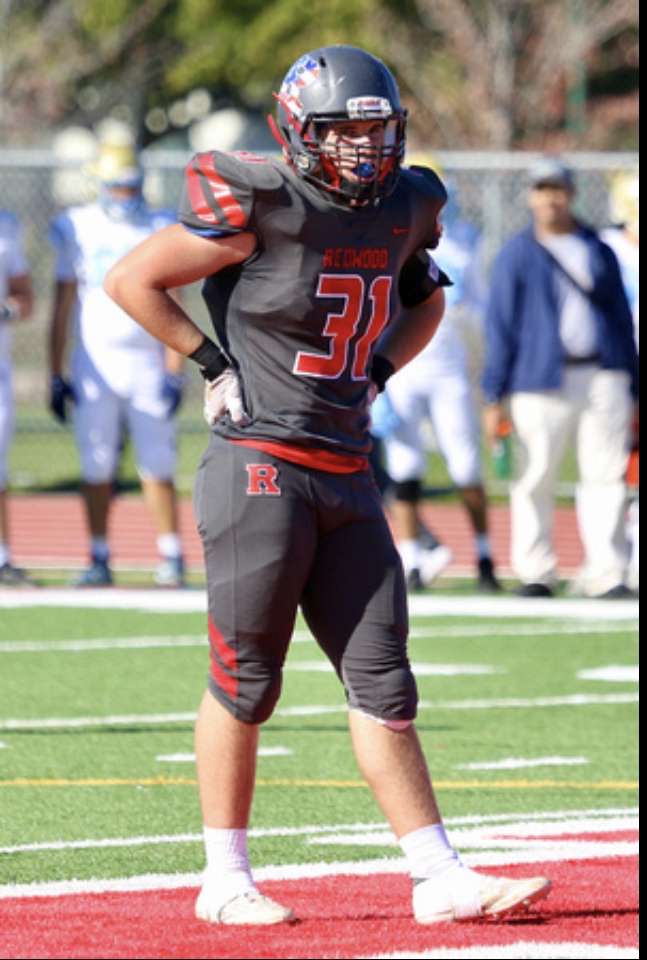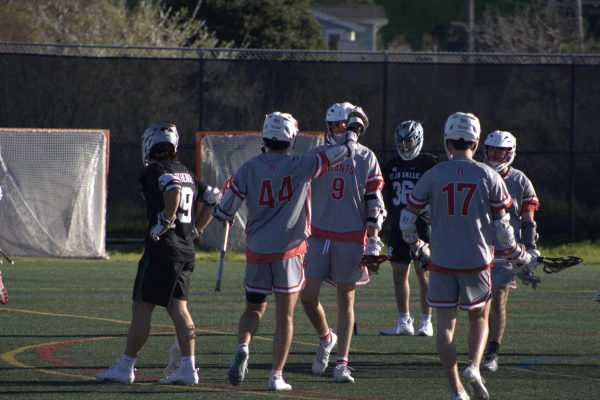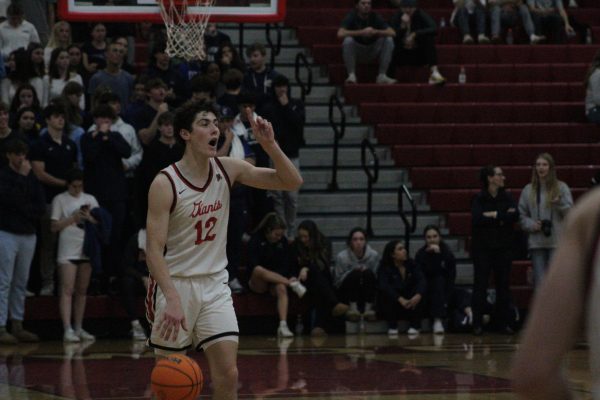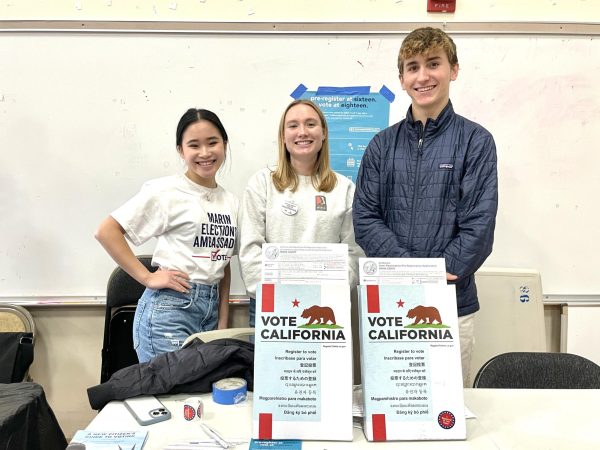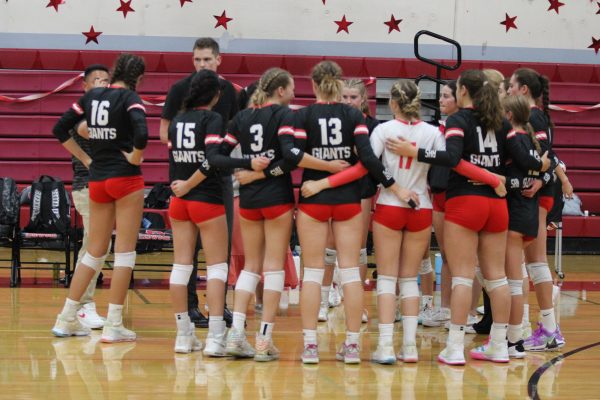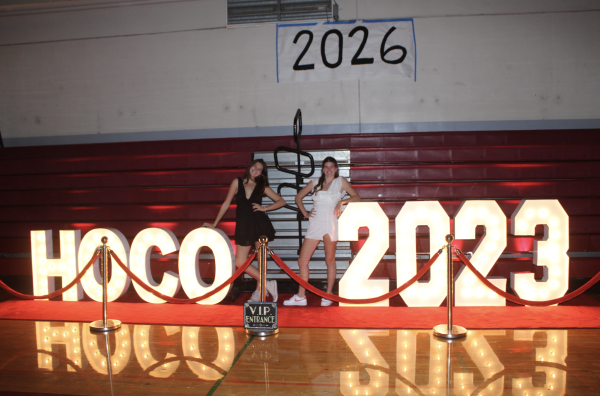Marin Robotics looks to improve upon last year’s success
September 15, 2018
Following a 16th place finish in their division of the Vex Robotics World Championships last season, the Marin Robotics team—made up of students from across the Tamalpais Union High School District—has been working on new robots since the 2018-2019 season began in April.
One of the students working on a new robot is Cyrus Haag, the Drake team captain, who has been a member of Marin Robotics for around two years.
“We started the season off with a fairly incomplete robot going to a competition, but we kept going and kept working. Eventually, we managed to qualify for states by getting the Excellence Award,” Haag said.
The team also received a Sportsmanship Award and a Design Award for their efforts in the 2017-2018 season. According to Jim Davis, a founder and current mentor of Marin Robotics, the team works tirelessly to continue improving their robotic designs.
“It all comes down to putting the time in. We met nonstop, every Friday and every Sunday. We kept working iteratively—we would see what we had built that worked, what other teams had designed and built that worked and we would incorporate improvements on our designs,” Davis said.
According to Davis, the robot that went to the World Championships was actually a combination of two other robots that the team had previously built.
“The iterative refinement is really what makes things work,” Davis said.
The team is currently developing four robots to compete in tournaments over the course of the 2018-2019 season. Each tournament consists of a series of qualifying matches followed by a series of elimination matches that ends in the determination of the tournament champions. Individual teams, such as Marin Robotics, compete in ‘Alliances’ composed of two teams. ‘Alliances’ compete in matches consisting of a 15 second autonomous period, where the robot is self-controlled, followed by a one minute and 45 second user-controlled period.
“A lot of people are like, ‘Robot Wars! Beat the other robot up!’ But not with the educational ones, it’s always task-based,” Davis said.
This season there are two main tasks. One is to aim and shoot balls at flags to turn the flags to the corresponding ‘Alliance’ color. The other task is to flip caps—disks that can be placed on poles in the arena—to the corresponding ‘Alliance’ color. According to Redwood team co-captain Alan Levinson, the robots must have sensors to help the robot perform tasks during the autonomous period.
“It’s like a regular style tournament, but instead of people running around and competing physically, you have people at remote controls and a bunch of people fine-tuning the bot in between rounds,” Levinson said.
Levinson noted that different tasks have differing point values, and whoever scores highest wins the round.
According to Davis, the ambition of Marin Robotics has led to the registration of four robots to compete in this seasons’ tournaments. The team hopes to improve their engineering skills throughout the season while working to earn a spot in the World Championships for a second consecutive year.

